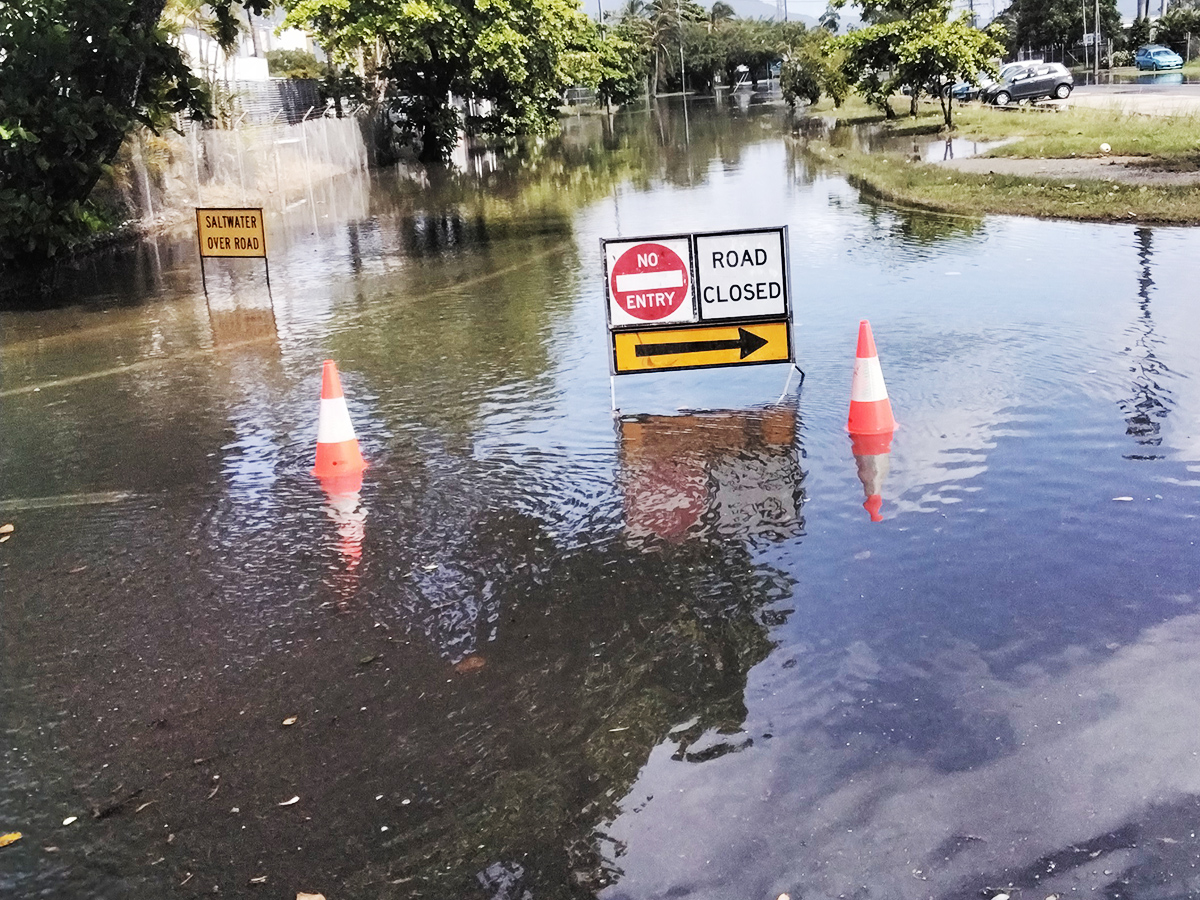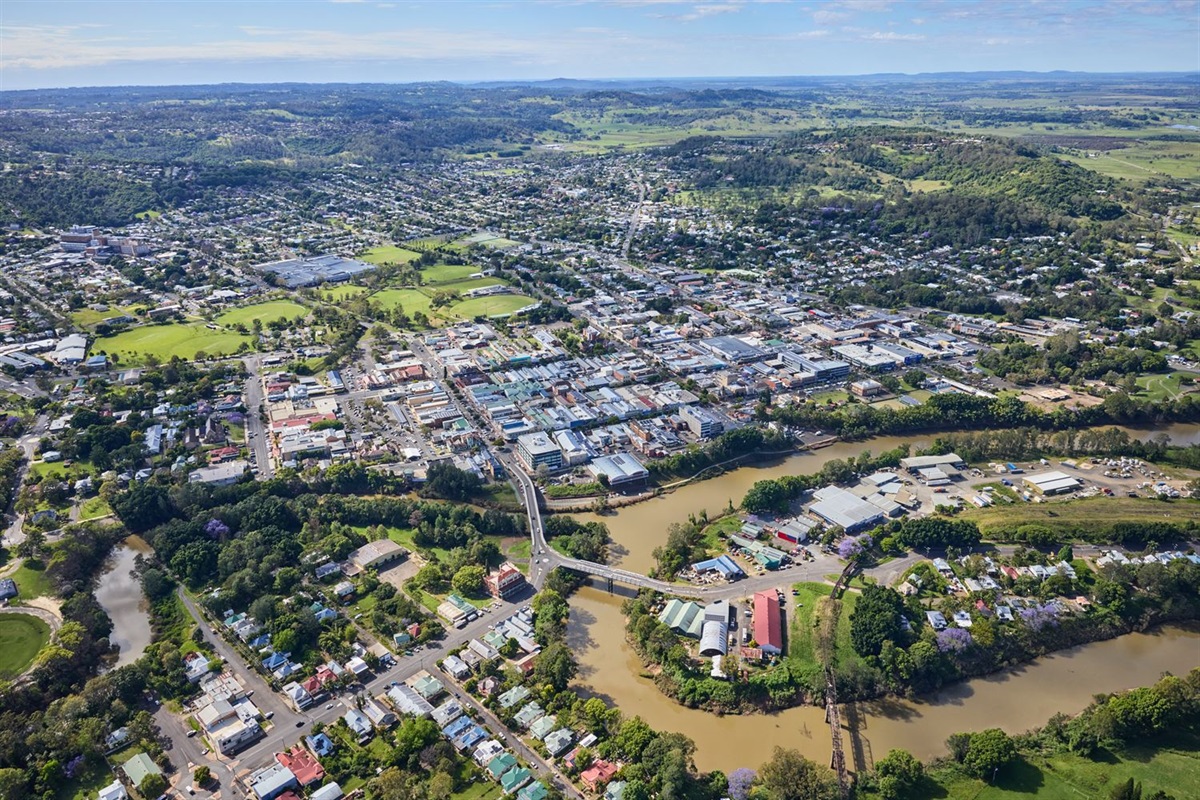The Digital Transformation Agency (DTA) is replacing the Digital Marketplace in 2024 and improving the way that government buys digital and ICT services. This blog series is your behind-the-scenes insight as it progresses, to understand where the project is heading and why.
If you haven’t already, you might want to go back to the beginning to read about this project and why we are doing it.
In this instalment, we look at past experience of buyers and sellers to improve the procurement of digital and ICT professional services.
This research offered valuable insight into the challenges and barriers for these user groups when using the existing Digital Marketplace to buy, or sell, professional services and the BuyICT platform that supports it.
Why we did it
The Digital Marketplace has been successful in reducing barriers and supporting the participation of small-to-medium enterprises (SMEs) and Indigenous Business (IB), but we know that there is more to be done to enhance value, equity and simplicity.
“We’ve seen over 3,600 sellers join the marketplace since 2018, with over 80% of those being SMEs and 2% IB. Of the $14.9 billion in contracts, over $8.0 billion has gone to SMEs or IBs,” said DTA Director Anthony Conway.
We heard that it is common for SMEs and IBs to feel shut out of opportunities on the marketplace and find it difficult to break into the government market. We see it in our data too, with opportunities under the Digital Marketplace routinely going to a single or select small group of sellers.
“While direct sourcing is permitted in some scenarios under the Commonwealth Procurement Rules, we wanted to understand if there are other things driving this behaviour and if there’s anything we could do to encourage more competitive practices.” said Mr Conway.
The Buyer experience
Speaking to buyers, we garnered key insights into their use of the Digital Marketplace when searching for sellers, including:
- The diversity in their procurement experience and capability. This impacts how often and effectively they use the platform and perceive its ease of use and usefulness.
- Large lists of sellers actively drive buyers away from approaching new sellers (the Digital Marketplace has a catalogue of over 3,600 sellers).
- Information from seller profiles needs to be richer and more consistently complete.
While it is not the only answer, a more intuitive and targeted search function is likely to help buyers seek out more diverse sellers to include in opportunities. Without it, buyers – particularly those who use the platform infrequently – are more likely to be overwhelmed and favour a smaller pool of known sellers. While unintentional, this behaviour can lock newer, and often smaller, providers out of the market. It can also mean that buyers miss out on more innovative solutions or competitive pricing.
The seller experience
Interestingly, the concerns we heard from buyers was echoed on the other side of the procurement process, with sellers looking for:
- Fair and open access to opportunities with less use of limited procurements.
- Better designed procurements, including more background to the requirement, the problem to be solved, and the measurable outcomes to be delivered.
- Buyers to engage sellers in more meaningful ways, so that they can better understand their need and communicate their value and solution properly. Preferably before the procurement need is defined.
- Useful, relevant, and timely feedback at every stage, which can be used to improve how and what they sell.
- Greater consideration of the reality of running small businesses, including the need to stick to procurement timelines, have shorter evaluation timeframes, and to pay on time.
- A better way for sellers to advertise and promote themselves and their unique value proposition.
The feedback from SMEs stemmed from a general belief that the way to win government business, or even be invited to opportunities, was to have strong pre-existing professional relationships within government. Sellers just want a genuine opportunity to demonstrate their value proposition in a process that is fair, transparent, and equitable.
How we’ll use it
As well as shaping the design of the new marketplace, these findings will predominately inform future enhancements to the BuyICT platform.
We will also focus on more opportunities for feedback throughout the procurement process to improve transparency and help sellers understand how to better do business with government and buyers to be better customers. This is being explored in another research sprint, so keep an eye on this blog for these findings soon.
“Any improvements we make will not solve all of the problems Buyers and Sellers have raised,” said Mr Conway. “We will still need to work across government to uplift procurement capabilities. But our hope is that we can make changes to the platform that could guide better behaviours and lead to better procurement outcomes for both our buyers and sellers.”
Stay with us
Keep an eye out for our next blog on the experience of digital and ICT labour hire candidates.








